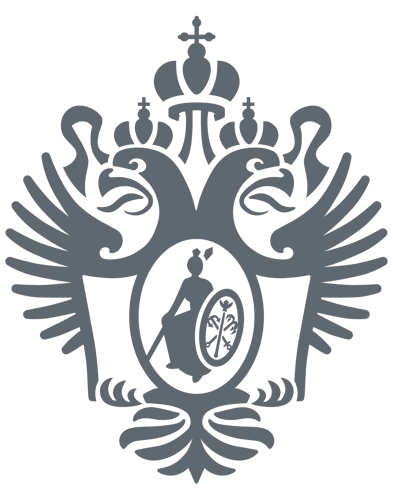The SPbU Magnetic Resonance Research Centre provides access to its equipment and offers the practical experience of its engineers, thus enabling one to carry out research projects based on NMR (nuclear magnetic resonance), NQR (nuclear quadrupole resonance), and EPR (electron paramagnetic resonance) spectroscopy, as well as on magnetic resonance microimaging. The Centre performs a wide range of experiments: from the simplest – the so-called routine measurements – to the most complex ones requiring a long-term research programme and a combination of various magnetic resonance techniques. External academic organisations (institutes and universities) may use the research possibilities of the Centre within scientific cooperation programmes; commercial organisations (medical and pharmacological ones; museums and companies, etc.) can access the services of the Centre under a contract.
The following unique or rare possibilities of magnetic resonance research are offered in the Centre:
- • A wide range of nuclei accessible by NMR − from 1H to 109 Ag.
- • Diffusion measurements − e.g. diffusion-ordered spectroscopy (DOSY) – at temperatures up to 390 K; diffusion coefficients down to 10-13 cm2/s.
- • Long NMR measurements at low and high temperatures − from 120 К to 870 K.
- • NMR measurements in liquefied gases used as solvents (under development).
- • Combined NMR/UV-vis spectroscopy (under development).
- • Microtomography of objects up to 30 mm in size (with small animal cardio and respiratory monitoring unit).
- • Ultraviolet irradiation of EPR samples in the wavelength range 200-2000 nm.
- • EPR spectroscopy in the temperature range from 3.7 К to 500 K.
- • NMR spectroscopy of nuclei included in magnetically ordered compounds, such as 11B, 57Fe, 59Co, 61Ni and others.
- • NQR spectroscopy of nuclei such as 7Li, 27Al, 35Cl, 63,65Cu, 75As, 93Nb, 183Ta, and others.
Contact Information
E-mail:



